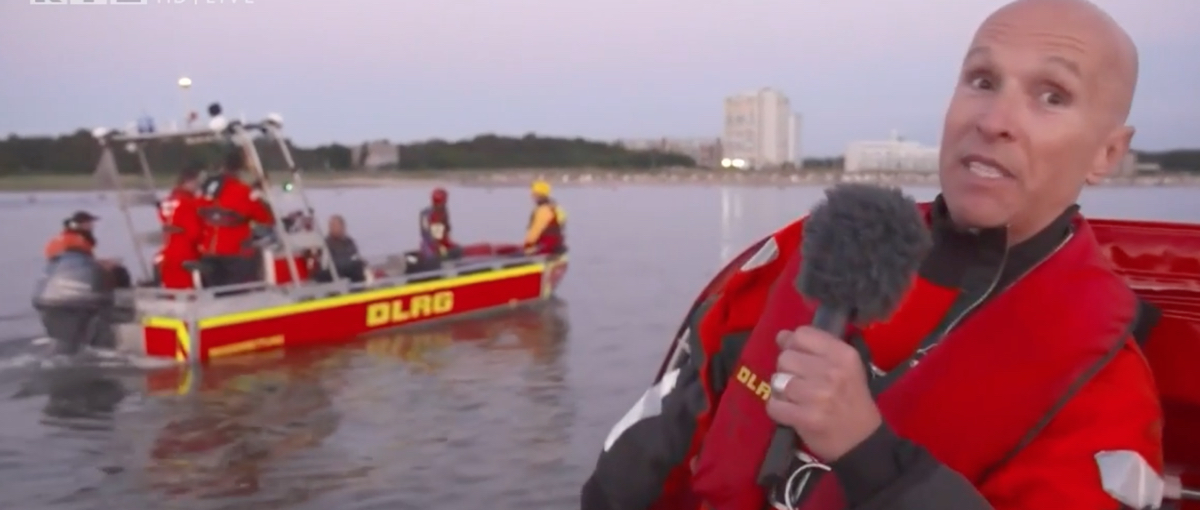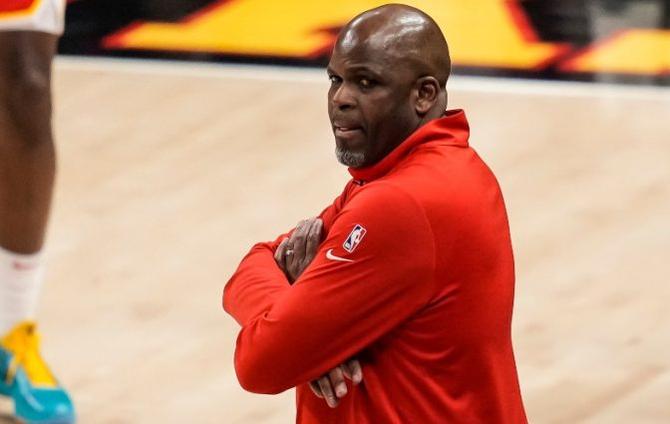Actually, this broadcast could have ended after a good half an hour. It took RTL reporter Marlena Busch and her colleague Burkhard Kress about as long to get to the rescue boat, which gave them a secure footing again on their mudflat hike from Neuwerk to Cuxhaven. Under the title “Caught in the Sea” the broadcaster had previously sent the two of them to the rising North Sea for a “live experiment”, fortunately not only accompanied by numerous cameras, but also by a team from the DLRG.
RTL’s intention in itself is a good one: At prime time, the “Extra Spezial” is supposed to show how quickly the dangers of the Wadden Sea can be underestimated. And so there are diligent warnings about tides and unpredictable silt fields, about lonely walks and threatening hypothermia. In the best case scenario, this show actually saves lives.
The fact that the “live experiment” despite everything sometimes involuntarily offered strange moments is mainly due to the fact that it sometimes looked as if RTL had sent its most experienced landlubbers from Cologne to the North Sea. There is, for example, the reporter Emrah Elden, who engages in various water experiments in various Jenke-style articles, but begins to tremble when he just sticks his little toe into the cold water. Or Michael Begasse. Actually responsible as an expert on blue blood, RTL put its reporter on a DLRG boat that evening to talk about blue lips and to accompany the rescue operation at close range.
Nobody is more euphoric than Begasse this evening. “These pictures are really fascinating,” he enthuses, “unique in Germany.” And the reporter also gives everything else. “Burkhard, Burkhard, Burkhard”, Begasse exclaims excitedly from afar during a switch to make sure that Burkhard Kress and his colleague are really doing well. It does, but maybe someone could have at least explained to them in advance how to put on the rescue blankets correctly. “Silver inside,” the expert later warns ashore and asks the rescued reporter live for his date of birth and address – which fortunately he does not speak into the microphone, which is probably a good sign.
The fact that the rescue could only begin after the advertising block went through the station is also one of the amusing marginal notes of this evening, in which the moderator Nazan Eckes, unusually agitated, repeatedly emphasizes that something exciting will definitely happen “in a few minutes”. The problem: It won’t be that exciting – luckily one would like to say because anything else would have meant that RTL would have put its reporters in serious mortal danger.
However, the question remains whether a live broadcast was really the best form of broadcast for this experiment, because for an hour and a half the audience hardly gets to see more than two lifeboats heading for land. But then it suddenly gets exciting again shortly before the end. The best images of the evening are flickering across the screen, underlaid by dramatic music, when Michael Begasse’s voice faltered for a moment. “Oh,” he explains, “Marlena has a cramp.”
–

